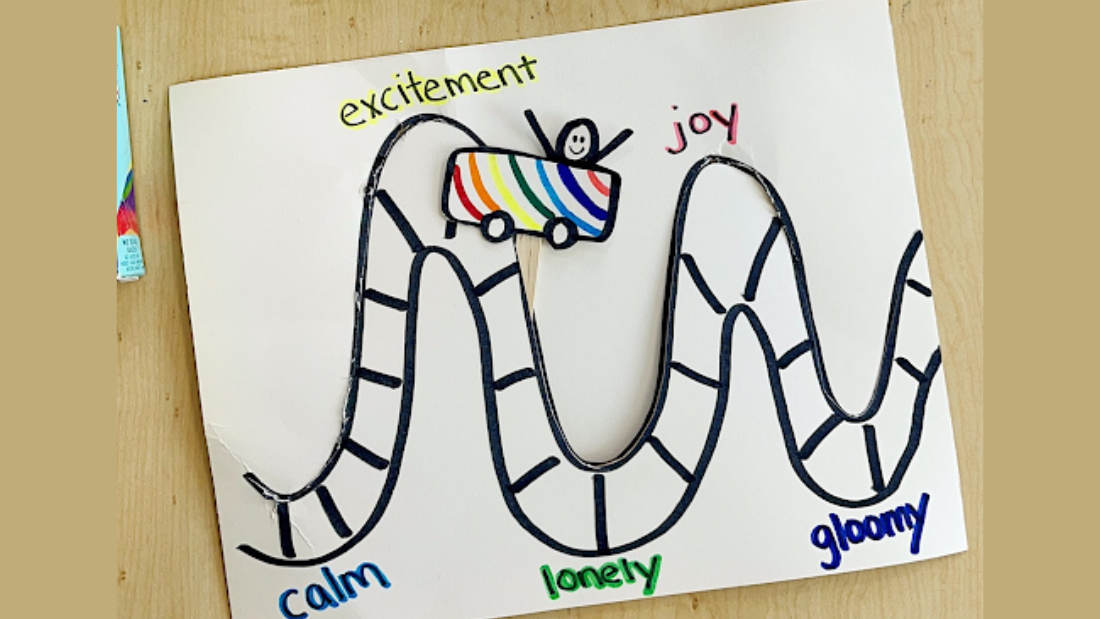As the holiday season approaches, parents often find themselves navigating a whirlwind of excitement. The twinkling lights, festive melodies, and the scent of delicious treats can create an intoxicating atmosphere, but for many children, this joyful chaos can feel overwhelming. As families gather to celebrate, it’s essential for parents to have the right tools at their disposal to help their children stay calm and grounded amidst the merriment.
Parents will be pleased to know that a little planning can make a world of difference. Establishing a calm space during gatherings is crucial. This could be a quiet room adorned with soothing decorations—perhaps a corner with some pillows, soft lighting, and calming music. When the excitement becomes too much, children can retreat to this serene sanctuary to recharge their batteries. Parents might consider designating a specific time for their kids to take breaks, establishing a routine within the festivities that prioritizes self-care.
Mindfulness practices can also be invaluable for managing holiday overstimulation. Simple techniques such as deep breathing exercises can help children regain their composure. For instance, parents can teach their children the “four-count breath”: inhaling for four seconds, holding for four, and exhaling for an additional four. This strategy not only helps kids calm down but also empowers them to develop coping mechanisms they can carry into the New Year.
Engaging children in hands-on activities during gatherings is another wonderful way to channel their energy positively. Crafting holiday cards or decorating cookies serves both as a distraction from potential chaos and an outlet for creativity. These activities foster connection and create lasting memories, allowing little ones to feel involved without becoming overwhelmed by the hustle and bustle.
Finally, communication is key during this high-energy season. It can be beneficial for parents to discuss expectations with their children ahead of time, helping them understand what to expect at family gatherings. This simple step can reduce anxiety and empower children to express their feelings, making them feel more secure amidst all the excitement.
The holidays should be a time of joy for the whole family. By using these tools, parents can help their children navigate the vibrant energies of the season, ensuring that the spirit of the holidays is felt by all—calmly, joyfully, and connectedly.










